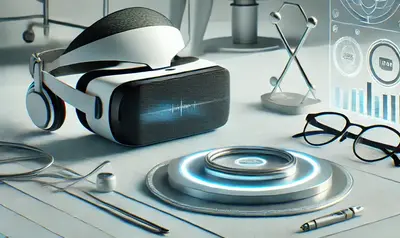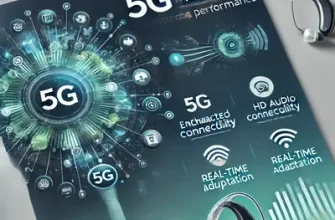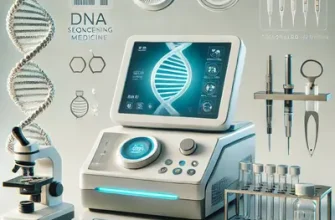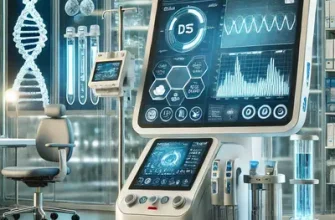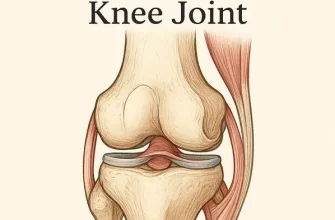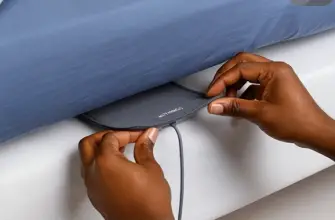Virtual Reality (VR) and Augmented Reality (AR) are transforming industries, but one area where their impact is truly profound is in auditory rehabilitation. This groundbreaking technology offers patients suffering from hearing loss new methods of treatment and improvement that were previously unimaginable. This article delves into how VR and AR are reshaping the future of auditory therapy, providing real-world examples and clinical insights into their use.
Understanding Auditory Rehabilitation: A New Frontier
Auditory rehabilitation involves helping individuals with hearing impairments adapt to their condition, often through the use of hearing aids, cochlear implants, and various forms of therapy. In recent years, VR and AR technologies have made substantial strides in enhancing these treatments. But how exactly do they work in the context of auditory therapy?
Both VR and AR provide immersive environments that allow individuals to engage in virtual simulations, where their auditory skills can be tested and improved in real-time. These environments simulate realistic scenarios that patients with hearing impairments might encounter, such as noisy restaurants, busy streets, or crowded classrooms, all from the comfort of a clinic or their home.
Case Study: Immersive VR Therapy for Patients with Tinnitus
Take Maria, a 38-year-old woman who has struggled with tinnitus for several years. Her doctor recommended a new VR-based therapy designed specifically for tinnitus sufferers. Through immersive virtual environments, Maria could train her brain to better manage the distracting ringing in her ears. This new approach, unlike traditional therapy, made it easier for her to focus on auditory cues in real-life situations.
According to Dr. Emily Harper, an auditory rehabilitation expert, “The power of VR lies in its ability to create realistic, yet controlled environments where patients can safely engage in complex auditory tasks, helping their brain to rewire itself.”
AR Applications: Enhancing Real-World Auditory Perception
Augmented Reality, by layering digital sounds on top of the physical world, is also making waves in the rehabilitation space. AR systems can overlay specific sounds, making it easier for people with hearing loss to focus on conversations in noisy environments. Unlike VR, which creates entirely digital spaces, AR enhances real-world experiences by allowing patients to practice in their natural environment.
For instance, Kevin, a 25-year-old university student, used AR glasses in combination with auditory cues to improve his ability to hear in crowded lecture halls. The glasses helped him “hear” his professor more clearly by lowering the background noise and emphasizing the speaker’s voice.
“AR allows for personalized rehabilitation,” explains Dr. Richard Carter, an audiologist. “It focuses not only on auditory perception but also on enhancing real-world interactions, making patients feel more connected to their environment.”
Practical Applications: The Role of VR and AR in Cochlear Implant Training
Cochlear implant recipients can benefit greatly from VR and AR technologies. After a cochlear implant surgery, many patients need to re-learn how to process sound. VR and AR offer an innovative, immersive way for patients to practice these skills in a safe, adaptable environment.
For example, Aiden, a 10-year-old boy with bilateral cochlear implants, was able to accelerate his auditory learning using VR games designed to improve sound differentiation. In these interactive simulations, he identified sounds and matched them to visuals, which helped him significantly reduce his rehabilitation time.
A Look at the Future: VR and AR as Standard Tools in Audiology
While these technologies are still relatively new in auditory rehabilitation, their potential is undeniable. As VR and AR become more affordable and widely accessible, they are likely to become standard tools in audiology clinics worldwide.
The future of auditory rehabilitation could see patients using personalized AR apps to improve their hearing in daily life or engaging in VR training sessions designed to challenge their auditory skills progressively. These tools may soon become as common as hearing aids themselves.
Common Challenges and Solutions in Auditory Rehabilitation via VR and AR
While the possibilities of these technologies are vast, there are some challenges. One key issue is the high cost of VR and AR equipment. However, as the market grows and more manufacturers produce affordable solutions, it is expected that prices will drop. Moreover, many clinics are now offering trial programs for patients to test these cutting-edge therapies without the initial financial burden.
Table: Key Benefits of VR and AR in Auditory Rehabilitation
| Aspect | Traditional Methods | VR/AR-Based Methods |
|---|---|---|
| Engagement | Passive listening exercises | Immersive, interactive training |
| Realism | Limited, controlled environments | Simulated real-world environments |
| Adaptability | One-size-fits-all approaches | Personalized, flexible auditory rehabilitation |
| Progress Tracking | Manual assessments | Real-time data and feedback |
| Patient Experience | Can be monotonous or repetitive | Engaging, fun, and motivating |
How VR and AR Improve Brain Plasticity
Research shows that brain plasticity is a key factor in auditory rehabilitation, and both VR and AR play pivotal roles in enhancing it. By exposing patients to varied auditory environments, the brain can create new neural pathways, helping individuals better adapt to hearing aids, cochlear implants, or other rehabilitative technologies.
According to Dr. Alison Bennett, a neuroscientist, “The more interactive and stimulating the auditory task, the more the brain engages. VR and AR encourage a level of engagement that other rehabilitation methods simply can’t match.”
A Revolutionary Path Forward for Auditory Therapy
VR and AR are more than just technological trends; they represent a revolution in auditory rehabilitation. These tools give patients new hope and empower them to improve their auditory abilities through immersive and adaptable training sessions.
As the technology advances, we expect to see even more innovative applications, leading to improved outcomes for those with hearing impairments. Whether it’s tinnitus management, cochlear implant training, or real-world auditory perception, VR and AR are reshaping the future of auditory rehabilitation.

